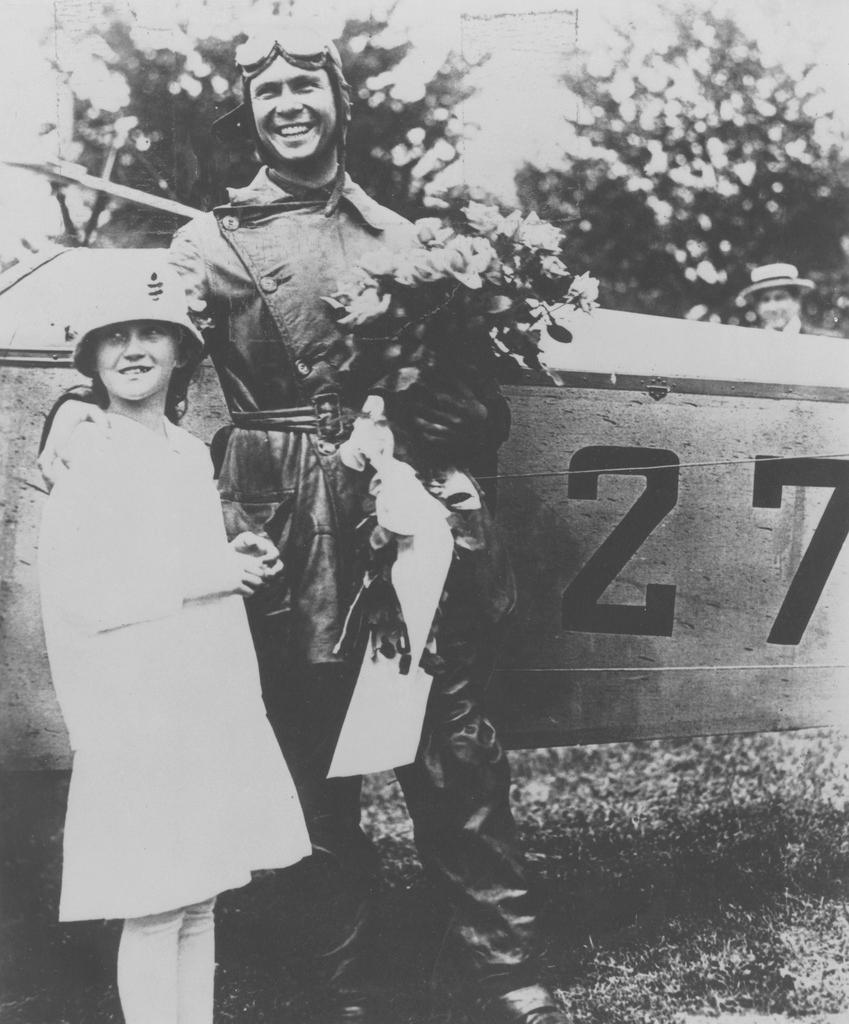
Figure 1.--World War made advanced new aircraft available for airmail service. Here airmail pilot Lt. James Edgerton is photigraohed with his young sister (May 18, 1918) |

|
Technology and sales were intricately linked. There wiuld be no rapiod advsnces in technology unless airoplanes could be sold. And there woyld be no significant sales unless aircraft had real profitable uses. The most obvious possible use was transporting people. But this was not im=nitially feasible. Early aviation was still dangerous given the flimsy early flying machines. The first commercial contracts contracts swere for air mail and came from the U.S. Postal Service. Thus the he U.S. aviation industry actually took off, so to speak, by moving high priorirty American mail. The public was willing to pay higher rates for mail thst could be delivered faster. The first airmail pilots flew primitive open-cockpit planes. The weather proved a real challenge. The aircraft could not deal well with rain, snow, and sleet. Air mail contravts helped expand routes. This lead to the development of increasingly reliable aircraft and was the beginning of the commercial air travel industry. And we begin to see passenger flights emrrging out of the air mail routes and airfields. The earliest passengers actually used mailbags for their seats. The first air mail flight was in the air less than a decade after the Wright Brothers made their flight (1903). The the U.S. Post Office Department (USPOD) began experimental airmail flights at air meets, fairs and carnivals (1911). At first the mail was transported on trains at night and only flown by day. This meant that the mail coukd travel 22 hours faster than the cross-country all-rail transport. For the first pilots this was a thrilling new experience that required courage, skill, and real dedication. The USPOD inagurated the first scheduled service between New York City and Washington, D.C. (1918). The U.S. Army Signal Corps initially operated the airmail route as a useful way to nefin the training of its its aviators before deploying them to France to fight the Germans. As a result of World War II, far more substantial and reliable aircraft became available.
Navigate CIH World War I Section:
[Return to Main American pre-World War I Aviation page]
[Return to Main American World War I Aviation page]
[Return to Main early aviation page]
[Return to Main World War I Air War page]
[Return to Main World War I conduct page]
[About Us]
[Aftermath]
[Alliances]
[Animals]
[Armistace]
[Biographies]
[Causes]
[Campaigns]
[Casualties]
[Children]
[Countries]
[Declaration of war]
[Deciding factors]
-------[Diplomacy]
[Economics]
-------[Geo-political crisis]
[Home front]
[Intelligence]
[Military forces]
[Neutrality]
[Pacifism]
[People]
[Peace treaties]
[Propaganda]
[POWs]
[Russian Revolution]
[Terrorism]
[Trench warfare]
------[Technology]
[Weaponry]
[Bibliographies]
[Contributions]
[FAQs]
[Images]
[Links]
[Registration]
[Tools]
[Return to Main World War I page]
[Return to Main war essay page]
[Return to CIH Home page]
